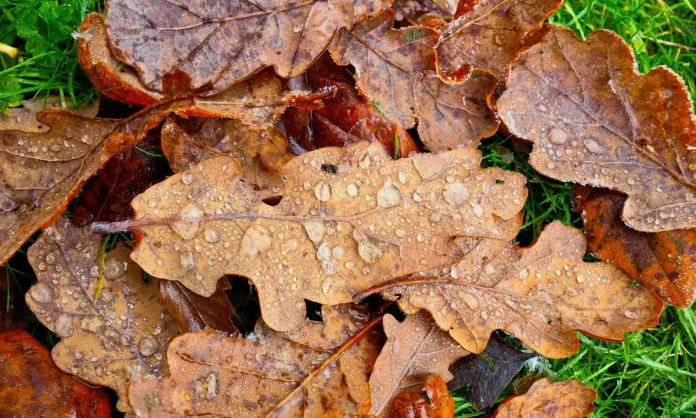
Every January and February, the leaves of your live oak fall to the ground, causing a mess. Every year, you may think that your tree is going to die. It is instead replenished in spring with new, green foliage.
This natural process occurs with live oak trees. The tree doesn’t lose its leaves due to death or disease, but it does shed its old leaves in order to make way for new ones. Live oak trees shed their leaves between January and February, while most trees lose them in winter.
Living oaks don’t have the same ability to be true evergreens as other oaks. They will shed their leaves in winter, and then regain them in spring. The leaf fall typically takes place over 2-3 weeks. Some live oaks will start growing new leaves during this period, while others may continue to grow their old leaves after they have fallen.
The tree’s dormancy is indicated by a drop in leaf size. Dormant trees have a lower growth rate, metabolic rate, energy consumption, and water consumption. Tree dormancy is often experienced during the winter months. Think of dormancy like hibernation for trees. They temporarily shut down to conserve energy until the weather is better. The spring brings out the new green leaves on live oak trees.
What to Do?
Leaf drop can also be a sign of death or disease. Live oaks, like other trees, are vulnerable to insect problems, root rot and disease. If a live oak tree is unable to grow or sustain itself, it will start dropping its leaves. Common live Oak diseases are oak wilt and fungal leaf spot, root rot and insect problems.
Oak Wilt
Oak wilt can cause oak trees to lose their leaves. This is because oak wilt, also known as water-conducting disease, disrupts the tree’s xylem. Trees with diseased leaves can carry water from their roots all the way to the leaves. If leaves don’t receive enough water, they can turn brown and die. Oak wilt is a condition in which leaves with browning along their veins are found.
Fungal Leaf Spotting
This disease is caused by warm, humid air. Spores of this bacteria can be carried by rain or wind and settle on leaves and other plant surfaces. Oak trees infected by this fungal disease can develop yellow or black spots on their leaves.
Insect problems
Many insects lay eggs and eat live oaks. Oak leafrollers and longhorn beetles are some of the most problematic insects. These insects can cause severe damage to the tree or spread disease.
Root Rot
Excessive soil moisture is not good for live oaks. Live oaks that are over-watered can lead to disease and fungus growth on their roots. This can eventually cause them to become rotten. The tree cannot absorb the nutrients and water it needs if the roots are damaged.
Here are other signs that your oak tree isn’t healthy, in addition to the leaf discoloration.
- The tree sheds its leaves throughout the year
- The tree’s canopy is being thinned
- In the summer, when they should still be green, the tree’s leaves turn yellow or brown.
Earthworks will clean up your leaf drop and keep your live oaks healthy
It can be quite unsightly to have live oak leaves fall each year. Earthworks professionals will thoroughly remove all oak leaves from your property and make it ready for spring. Earthworks has been caring for live oaks since more than 40 years. We can diagnose and treat any problems with your oak trees. Call Earthworks today for live oak leaf cleaning.



